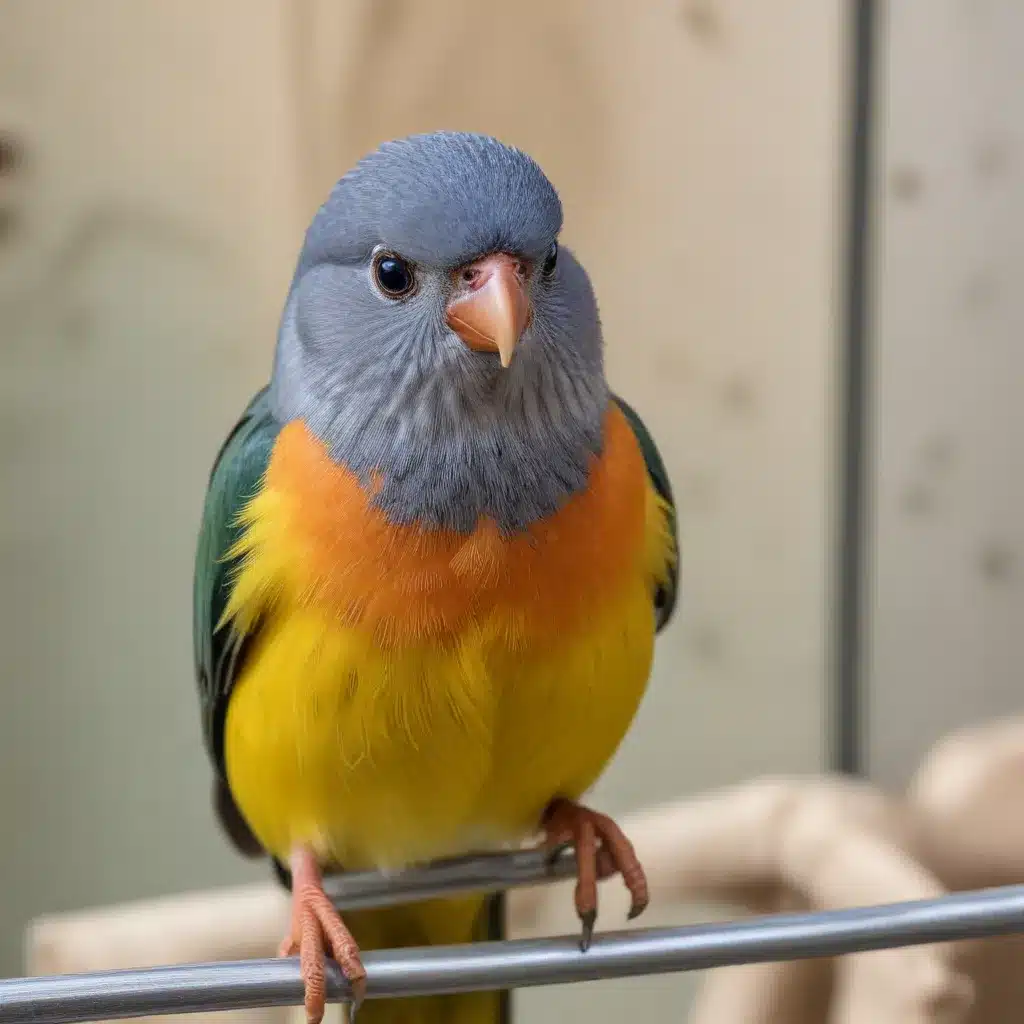
As an experienced avian caretaker, I’ve dedicated my career to rehabilitating and rehoming birds in need. Rescuing and rehabilitating these magnificent creatures is immensely rewarding, but it also comes with unique challenges. One of the most critical aspects of avian rescue work is preparing rescued birds for successful adoptions.
Bird Species in Need of Rescue
Parrots, cockatoos, macaws, and other exotic bird species make up the majority of avian rescue candidates. These intelligent, social, and long-lived creatures often end up in need of new homes due to irresponsible breeding, owner surrenders, or confiscations from poor living conditions. Smaller birds like budgies, cockatiels, and conures are sometimes overlooked, but they too require specialized care and responsible placements.
Endangered species, such as the hyacinth macaw and Philippine eagle, are also high-priority rescue cases. Protecting these fragile populations is crucial, and rehabilitating and rehoming any rescued individuals is essential for conservation efforts.
Rescue Intake and Evaluation
When a rescued bird first arrives, a thorough intake evaluation is conducted. This includes a comprehensive health assessment by an avian veterinarian to identify any injuries, illnesses, or nutritional deficiencies. Behavioral observations also play a key role, as we assess the bird’s temperament, socialization level, and any maladaptive habits developed from neglect or improper handling.
These initial evaluations guide the tailored rehabilitation plan for each individual bird. Some may need intensive medical treatment, while others require extensive behavioral modification and desensitization work. Establishing a baseline understanding of the bird’s physical and mental state is the first step towards a successful adoption.
Rehabilitative Care for Rescued Birds
Avian Nutrition and Diet
Proper nutrition is paramount for the recovery and well-being of rescued birds. Many arrive severely malnourished, subsisting on seed-heavy diets void of essential vitamins and minerals. We work closely with avian nutritionists to develop specialized feeding regimens, gradually reintroducing a varied, balanced diet of pellets, fresh fruits and vegetables, and healthy protein sources.
Encouraging natural foraging behaviors is also a key aspect of rehabilitation. Providing puzzle feeders, scatter-feeding, and other enrichment activities helps birds rediscover their innate instincts and become more self-sufficient. This lays the groundwork for their eventual transition to an adoptive home.
Medical Treatment and Recovery
Addressing any injuries or illnesses is the top priority when caring for rescued birds. Fractures, feather disorders, and infectious diseases are common, requiring comprehensive veterinary care and supportive therapies. We utilize pain management, physical therapy, and other rehabilitative techniques to help birds heal and regain their strength.
Throughout the recovery process, we closely monitor the birds’ progress and make adjustments to their treatment plans as needed. The goal is to restore their physical health and prepare them for the next phase of rehabilitation: behavioral modification and socialization.
Behavioral Modification and Training
Positive Reinforcement Techniques
Many rescued birds exhibit maladaptive behaviors stemming from neglect, abuse, or lack of proper socialization. Using positive reinforcement-based training, we work diligently to modify these behaviors and build trust and confidence in the birds.
This may involve desensitizing them to human interaction, teaching basic behaviors like step-up and stepping onto a scale, and addressing any fears or phobias. By empowering the birds to make positive choices, we can help them overcome their trauma and develop the skills needed to thrive in a home environment.
Socialization and Reintegration
Integrating rescued birds into a social setting is a crucial step towards successful adoptions. We carefully introduce them to other birds, both in our care and through supervised interactions with potential adopters. This allows the birds to practice appropriate social behaviors and become more comfortable around humans.
As the birds progress, we begin the process of gradually transitioning them to their forever homes. This may involve extended foster placements or gradual introductions to the adoptive family. Our goal is to ensure a smooth and stress-free integration, minimizing the risk of behavioral setbacks or adoption failures.
Adoption and Post-Release Monitoring
Matching Birds with Suitable Homes
Responsible adoption is the ultimate goal of our avian rescue efforts. We thoroughly screen potential adopters, evaluating their experience, living situations, and ability to meet the specific needs of the bird in question. This ensures that each placement is a perfect fit, maximizing the chances of a lifelong, successful partnership.
Our adoption process includes comprehensive educational resources, hands-on training, and ongoing support. We work closely with adopters to address any challenges that may arise, providing guidance and resources to help both the bird and the new family thrive.
Tracking Post-Adoption Outcomes
Monitoring the progress of our adopted birds is a critical part of our rescue program. We maintain regular check-ins with adopters, assessing the bird’s physical and behavioral health, as well as the overall dynamics of the new household. This allows us to identify any issues early on and offer additional support or interventions as needed.
By closely tracking post-adoption outcomes, we can continuously refine our rehabilitation and placement practices. This data-driven approach helps us identify areas for improvement, ensuring that each rescued bird finds the perfect forever home.
At Mika Birds Farm, we are deeply committed to the successful rehabilitation and adoption of rescued birds. Through our comprehensive approach to avian care, we strive to give these remarkable creatures a second chance at a fulfilling life. By preparing them for the transition to adoptive homes, we can create lasting, enriching partnerships that benefit both the birds and their new families. It’s a journey filled with challenges, but the immense joy of seeing a rescued bird thrive in a loving home makes it all worthwhile.


